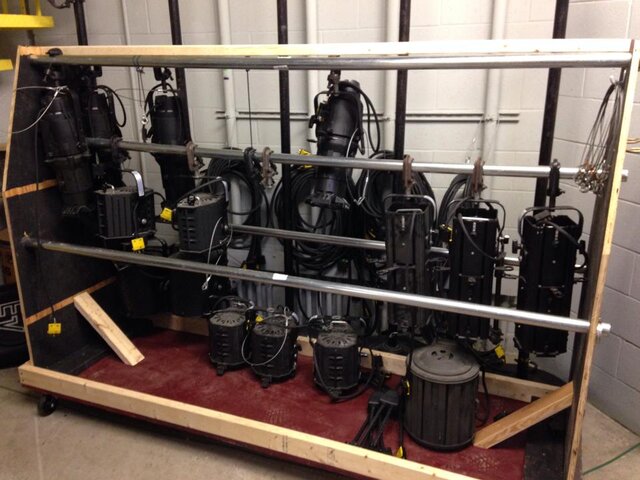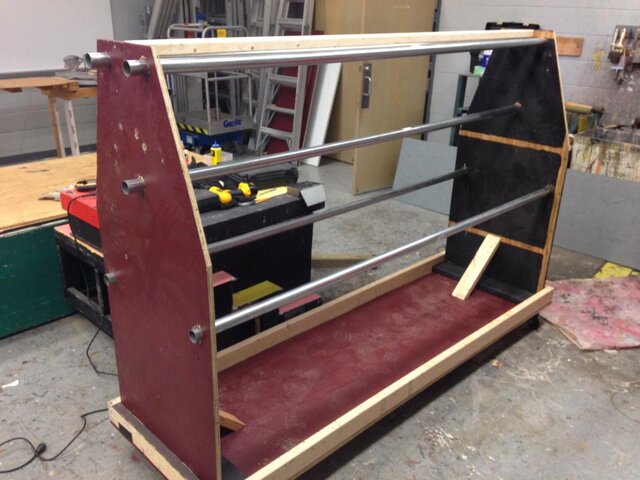Rob Fulton
New Member
I'm at a university where lighting storage had historically been on the stage floor. I am trying to make an argument for getting them off the deck and was hoping that some arguments can be passed on to me on this forum. Most of the inventory is S4's along with the usual collegiate inventory of PAR's and Fresnels. I believe they mostly have lived upstage and are moved when scenery has need of that space.
Some thoughts I've had. Please offer others or expand on any here.
Safety for Workers- off the ground removes them as tripping hazards
Safety for Instruments- increases life span if they are dead hung VS on the floor
Work Flow- if they are always in the way we're always moving them, which means they have more of a chance to be damaged
C Clamps are meant for holding the weight of an instrument VS the barrel holding the weight which decreases the lifespan of the instrument
Some thoughts I've had. Please offer others or expand on any here.
Safety for Workers- off the ground removes them as tripping hazards
Safety for Instruments- increases life span if they are dead hung VS on the floor
Work Flow- if they are always in the way we're always moving them, which means they have more of a chance to be damaged
C Clamps are meant for holding the weight of an instrument VS the barrel holding the weight which decreases the lifespan of the instrument




